5.Fruiting quince (Cydonia oblonga). Zones 5 to 9. A tree that can get to about 15 ft. tall and can develop an interesting gnarled along the years. During spring attractive flowers bloom and add to the appeal. Frequently the fruits are used to make jelly because of their fragrant.
6.Gooseberries and currants (Ribes spp.). Hardy to zone 3. There are several varieties and forms sold in nurseries, probably the most common being the red currants and the American gooseberries. A type of plant that needs partial shade and cool conditions. Furthermore, good air circulation is a must, as well as moist growing conditions. You can use their fruits to bake pies and make jellies but you should also be aware that they require more maintenance than other fruiting plants.
7.Juneberry (Amalanchier spp.). Zones 3 to 9. A pretty and small tree that gets covered in white flowers during spring, and in beautiful textured leaves during autumn. You can eat the small purplish-black fruits fresh, but also dried or by adding them in pies and preserves. It is recommended to provide partial shade to them, with a well-drained acidic soil, and in full sun.

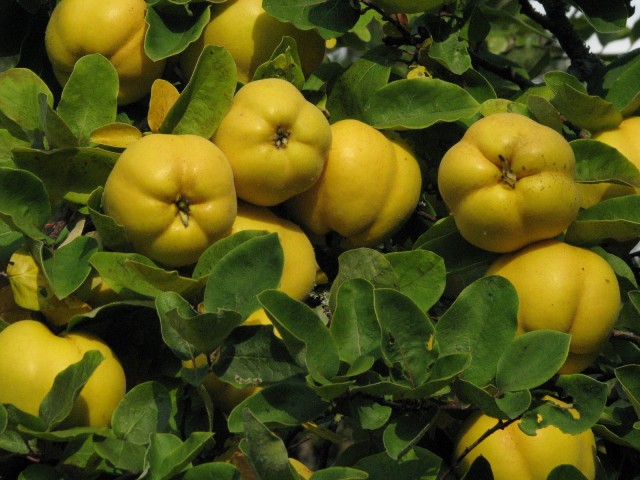
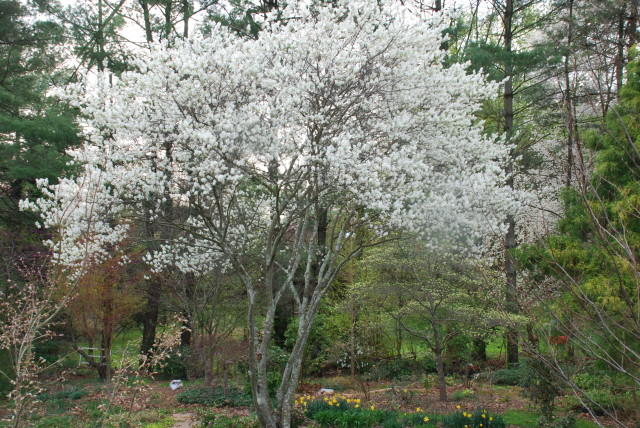








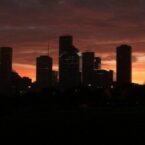




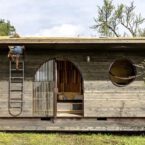

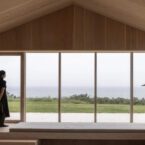


Which zonal chart are u using?
Where is 8, 9 and 10